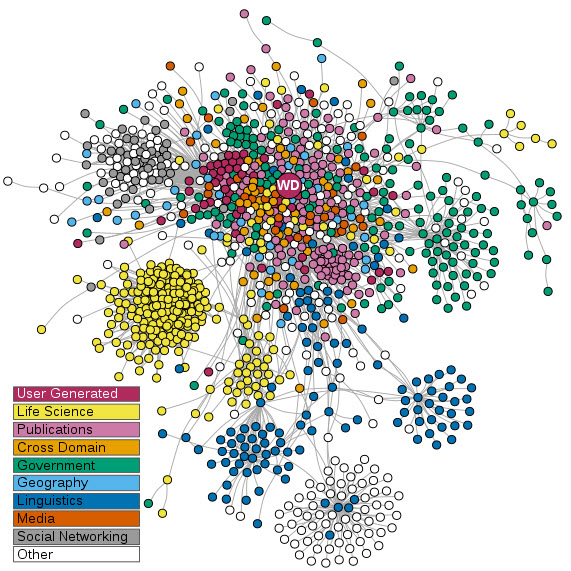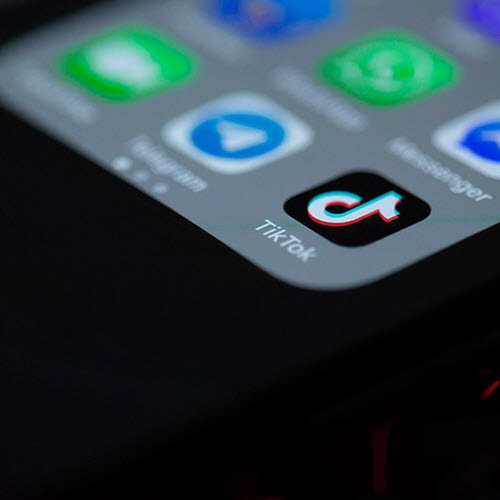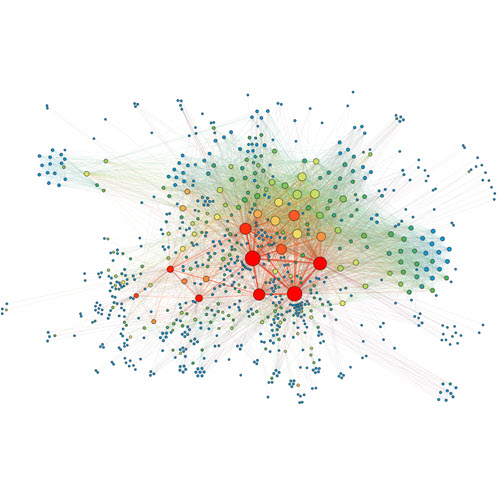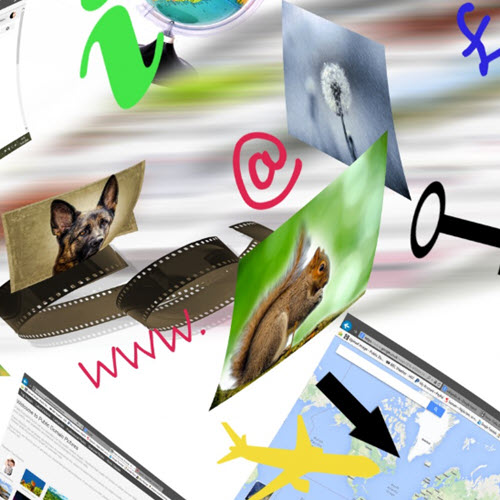The data science behind social media
Data is everywhere, especially in the world of social media, where the next viral post is as much about numbers as it is clever words and images.
What is data? It might surprise you to know that even people who work in data-related industries don’t always agree on what they mean by the word ‘data’. To some people, data is a thing, stored on hard drives or in big server farms underground. To others, data is statistical information relating to the world around us. In reality, it’s often both.
Everything you do, particularly online, produces data. Maybe your phone alarm clock wakes you up in the morning. In that one interaction data is produced: a time; a location; which song or sound was used in the alarm; when the alarm was set; whether it is a recurring alarm (the same time each day) or a one-off; whether the alarm was snoozed and how often. But what does this data mean?

With the right supporting data – say information from your calendar app or your social media – we might discover that you are going to be late for the bus, or that you’re going to miss your maths test this morning!
Data mining
Social media is an absolute goldmine of data and that data is full of potentially useful information. Every photo, every TikTok video watched or posted, every comment, like, share and thumbs-up is potentially useful information. Every time you touch your phone or computer, data relating to that interaction is recorded – and often shared without you even knowing it.
This is often referred to as ‘metadata’. Every photo that you share, for instance, contains data saying where it was taken, if filters were used, and so on. When you visit a website and it asks you to ‘accept cookies’, that’s you agreeing for the website to install tracking software on your device to see where you go next on the internet so they can advertise to you more accurately (or sell that data to other companies to do the same).
And that information can be used, mathematically, to make all kinds of decisions about advertising and content suggestions, to influence people without them even knowing it. That’s a lot of power in the hands of data scientists.



Make friends and influence people – with data!
Emily Aslin works as a teacher and as a data scientist. She uses this powerful data every day to try to help brands and companies come up with strategies and individual pieces of content that will appeal to the right people in the right way to help them achieve their publicity goals.
Some of that is graphic design, some is research, and then you have to use data science to track ‘engagement’ – whether or not and how people are interacting with the individual images, messages or videos produced. Sometimes, you have to make changes to keep audiences engaged with the content.

Emily explains: ‘A lot of people think working with social media just means making random images or videos and throwing them out there into the world, but to be successful it's all very carefully planned. That means being very good at time management, organisation, and keeping up with pop culture and trends across the different platforms.’
So, if you like digging through large data sets, analysing patterns and understanding what the data is telling you, then you might be able to build a career in social media strategy and practice.
But why wait until then? You can start building your skills in reading and interpreting data right now. Go to the Instagram page of a brand you like and see what kinds of interactions or ‘engagements’ you can see in the different kinds of posts they have made. What do those different numbers mean?
Or you might like to look at the amazing data sets maintained by the Australian Bureau of Statistics for your next political science or geography project. Data sets tell fascinating hidden stories that are just waiting for you to find them.